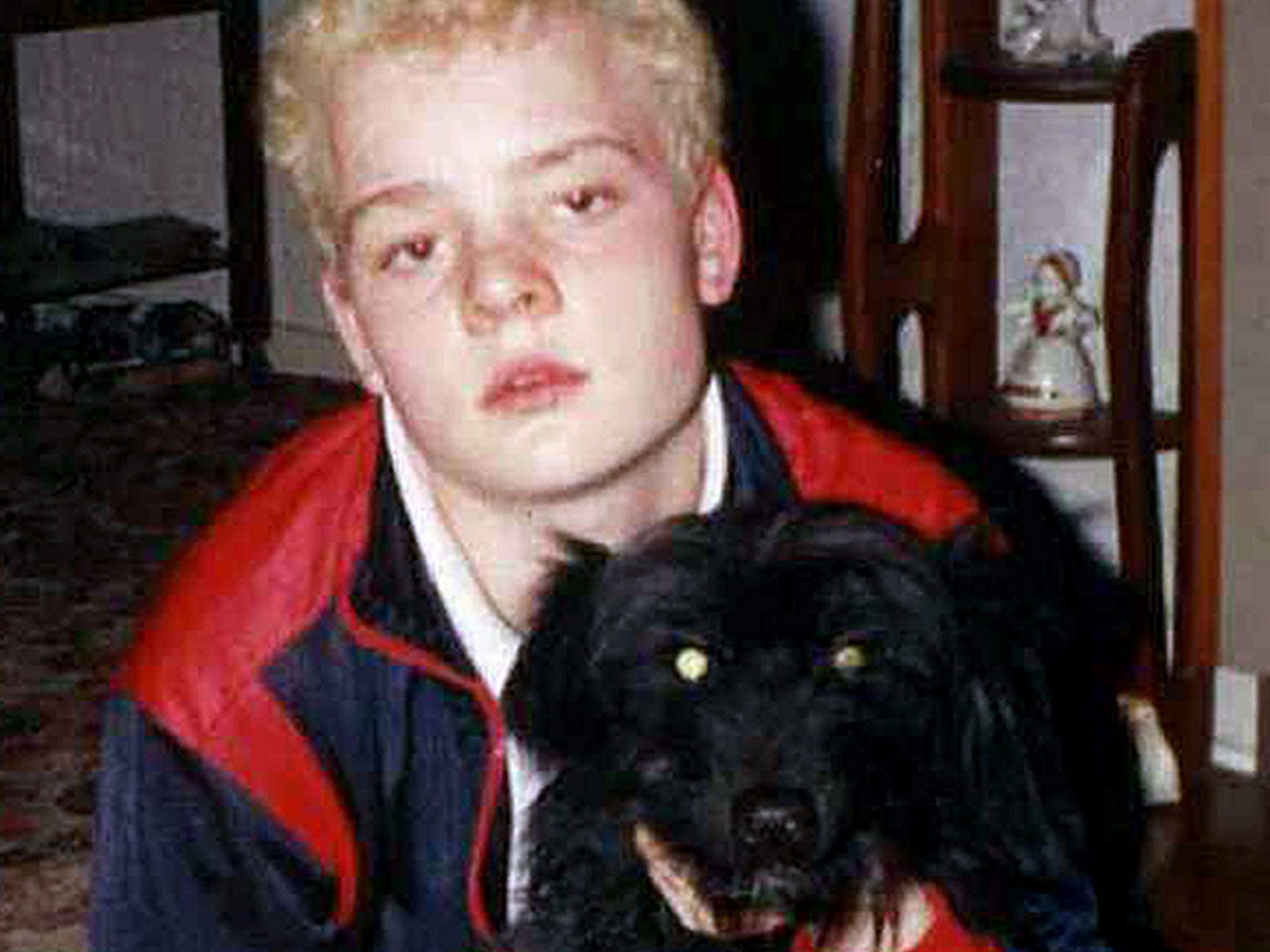Murder of vulnerable alcoholic Angela Wrightson by teenage girls could not have been prevented, review rules
Ms Wrightson, 39, was attacked with a shovel, a TV, a coffee table and a stick studded with screws after letting the girls into her Hartlepool home

Care home staff could not lock doors to prevent a 14-year-old from running away before she and a 13-year-old friend murdered a vulnerable alcoholic in her own home, it has emerged.
The killers, who posed for Snapchat selfies while putting Angela Wrightson through a five-hour ordeal, were already known to social services for absconding, drinking and being sexually active, a review of the case has found.
Ms Wrightson, 39, was attacked with a shovel, a TV, a coffee table and a stick studded with screws after letting the girls into her Hartlepool home.
The teenagers received life sentences and will serve a minimum of 15 years behind bars following a trial in April last year at Leeds Crown Court.
Neither of them can be identified.
Hartlepool Local Safeguarding Children Board (HSCB) and the Teeswide Safeguarding Adults Board carried out reviews into what happened.
Reports concluded the murder could not have been prevented and that all parties, including Ms Wrightson who was known locally as Alco Ange, had received a high level of intervention from social services.
The older girl, given the pseudonym Olivia in the report, was living in a care home at the time and had a chaotic family life.
At a news conference, Dave Pickard chair of the HSCB, said staff were not allowed to lock doors to stop her from running away.
“As a parent, in your own home, you could probably within reason, stop a child leaving,” he said.
“Guidance in children’s homes is different, so you try to alter the behaviour of the child, to prevent them from doing so.”
Mr Pickard said the girls’ parents blamed the teenagers for their bad behaviour prior to the murder, during discussions with social workers rather than accepting any failures in how they had brought up their daughters.
“They [the girls] had experienced abuse and neglect and they were traumatised,” he said.
Olivia’s anger had been picked up by professionals and she had been due to visit a forensic psychiatrist on the day she was arrested.
Aged 12, she told care professionals that her father had, wrongly, said her mother was dead.
As far back as August 2012, while she was living with her mother, a social worker found the parent in a distressed state, claiming “Olivia was drinking, going to parties, possibly having sexual intercourse and hitting” younger siblings.
Two months before the murder, when the older killer was living in a care home, she was arrested for assaulting three members of staff and causing damage to the premises.
The report stated: “Olivia was reported missing to the police on a number of occasions, and she was brought home.
“The police were frustrated that she would often just leave the home again immediately.”
The younger girl, given the name Yasmine in the official reports, had been put in foster care after her parents complained of being unable to cope.
The report stated there were concerns about her bullying at school and aggression towards her parents.
“She was known to drink alcohol and use drugs, and there were escalating concerns regarding possible underage sexual activity,” it read.
“Services and support were provided, but neither the parents nor Yasmine engaged and the circumstances deteriorated.”
Her mother and father despaired of her behaviour but did not take on board criticism of their parenting.
The report into the younger girl stated: “They blamed Yasmine for their inability to be warm and caring to her.”
And the report into the older girl said: “When the reviewer visited Olivia in prison, she expressed her feelings that she had always been held responsible for the family problems, both by her parents and, she felt, by professionals.”
Mr Pickard said: “Neither young person had a criminal history and no history of any significant assaults on any other individuals.
“Their behaviour was troublesome and anti-social before the night in question, but there was no suggestion whatsoever of any serious violence: it was a total shock to everyone.”
Ms Wrightson, who was 5ft 4in and weighed six-and-a-half stone, was found dead in her blood-spattered living room in December 2014 after a five-hour long ordeal.
A selfie posted to Snapchat showed the defendants smiling with Ms Wrightson pictured in the background shortly before her death, with further selfies showing the girls drinking cider from a bottle.
After the attack, the girls rang the police to take them home and they took a photo which they posted online with the message: “Me and [older girl] in the back, on the bizzie van again.”
PA